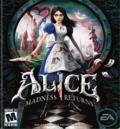Alice Madness Returns Review
Introdoction
As a manly man, I like my games to be very manly. But every now and then I’ll set aside my lumberjack simulators to play something on the girly side. Among the girliest of games was American McGee’s Alice which came out as a PC exclusive over ten years ago. After a decade of fans demanding more, Electronic Arts finally relented and released the much-anticipated sequel. That was two years ago, when fan expectations were incredibly high, and the game released to mixed reviews. I decided to strap on my pinafore, grab my teacup and take a trip down this rabbit hole to see how it has held up since release.
We’re All Mad Here
The first Alice game was a platformer that ran on a heavily modified version of the Quake 3 engine but, despite this overhaul, the game still felt like a clumsy attempt to force third person platforming onto an engine that didn’t want to comply. Despite the trouble with the controls and jumping mechanics, American McGee’s Alice was still a cult hit because of its twisted interpretation of Lewis Carroll’s books. In the game, Alice was reimagined as a demented teenager trapped in an insane asylum while wonderland became dark and warped as an expression of Alice’s insanity.
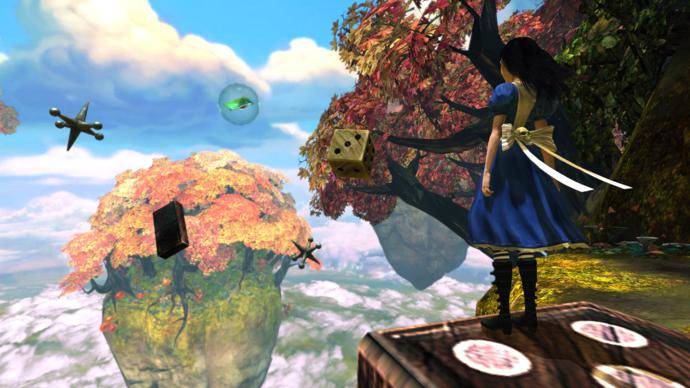
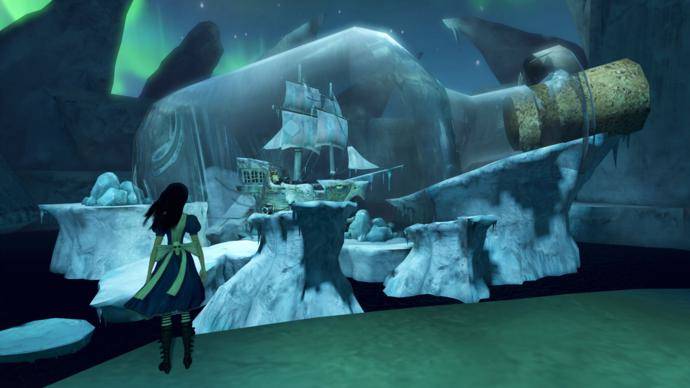
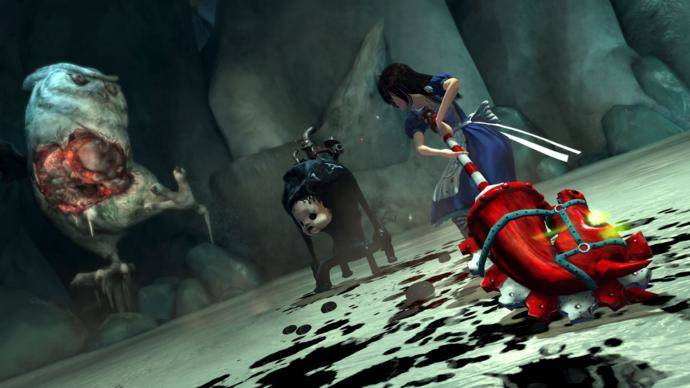
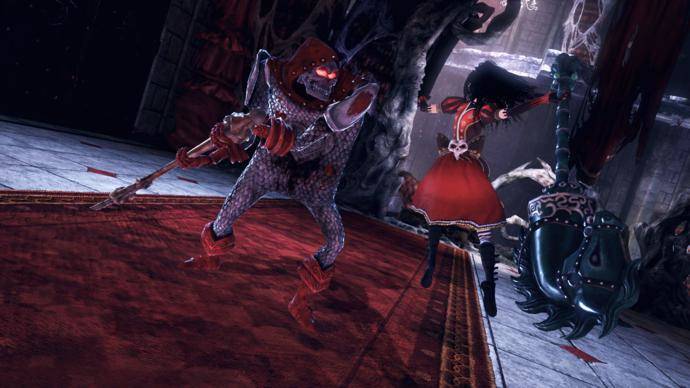
Madness Returns is a direct sequel in which Alice is still a crazed teenager, who now wanders around Victorian London trying to solve the mystery of her family’s death. The story is told through a combination of Alice exploring the “Real World” in London at the beginning of each chapter, then slipping into Wonderland where she meets characters from the previous game who help her try to recover her memory.
Curiouser and Curiouser
This narrative is one of the things that make Alice Madness Returns a notable game. The gameplay mechanics are standard action/platforming, with little new being brought to the tea party. However the adventure that she embarks on takes her through worlds that are vibrant and terrifying; populated by strange creatures that are at once the stuff of nightmare and childish whimsy. The traditional nonsense and wit from the Alice stories is present in the dialog too, but this is an older and wiser Alice who is aware of the absurdities around her.
As the story bounces back and forth between London and Wonderland players get to watch a crazy person frantically trying to put her mind back together. The real London at that time was a gothic, gloomy, surrealistic place, so the scenes set in the real world are just as creepy as the ones in Wonderland.
The visuals are amazing as well. Not in terms of the best possible resolution, or the most detailed character models. Even when released, Madness Returns didn’t have cutting edge graphics. However this game is incredible in the way that the environments and enemies are designed, and in how Alice herself is represented. Alice will fight Steam-powered teapot machines, and the ghosts of drunken sailors, but there are also gelatinous creatures with porcelain doll parts sticking out of them. These are creepy-looking and tough to fight, but also fit in with the Victorian themes of the story.
Each level finds Alice in a new “Goth Lolita” dress that matches the theme of the level. When she goes to an underwater level, she is dressed in fish scales, when she visits the Red Queen she’s decked out in a frock with playing card imagery. Best of all is the “Oriental” level which echoes the politically-incorrect attitudes of 19th Century Europe. Here Alice wears a frilly kimono as she helps origami ants fight Samurai wasps.
While the actual platforming isn’t remarkable, the way the levels play out is. One sequence has Alice running across a bridge made of playing cards high above the ground. The cards fly around, forming the road just a few steps ahead of Alice as she runs and jumps. Often this requires the Player to make a leap of faith and just hope that the level designers will save Alice before she plummets to her doom! The designers of course do have the cards scripted so that they’ll swoop into the right place at just the right moment, but it’s still an exhilarating twist on typical running and jumping.
Snicker Snack Went The Vorpal Blade
Where Madness Returns suffers most is repetition. Alice gets a handful of weapons in the first few hours of the game, but for the rest of the 13 hour experience, there is little new added to the mix. Players can upgrade these weapons, but the basics remain the same through most of the game. Alice can also do neat things like jump multiple times in mid air, and glide with her puffy skirts, but those abilities are used in the same way throughout the game.
Occasionally Alice will find herself in minigames, like exploring a two-dimensional world inside a painting, or sliding down a long slope. These change up the mechanics a bit, but players are still in for lots of basic jumps and slashing with Alice’s Vorpal Blade.
O Frabjous Game Callooh Callay!
Because it was based around stylish surrealistic design rather than photo-realism, Alice: Madness Returns holds up very well. It’s still a gorgeous trip through a bizarre world, and definitely something to be played, especially since it can be readily found at bargain prices. The gameplay, never remarkable to begin with, remains something to be tolerated as players join Alice in her adventure.

